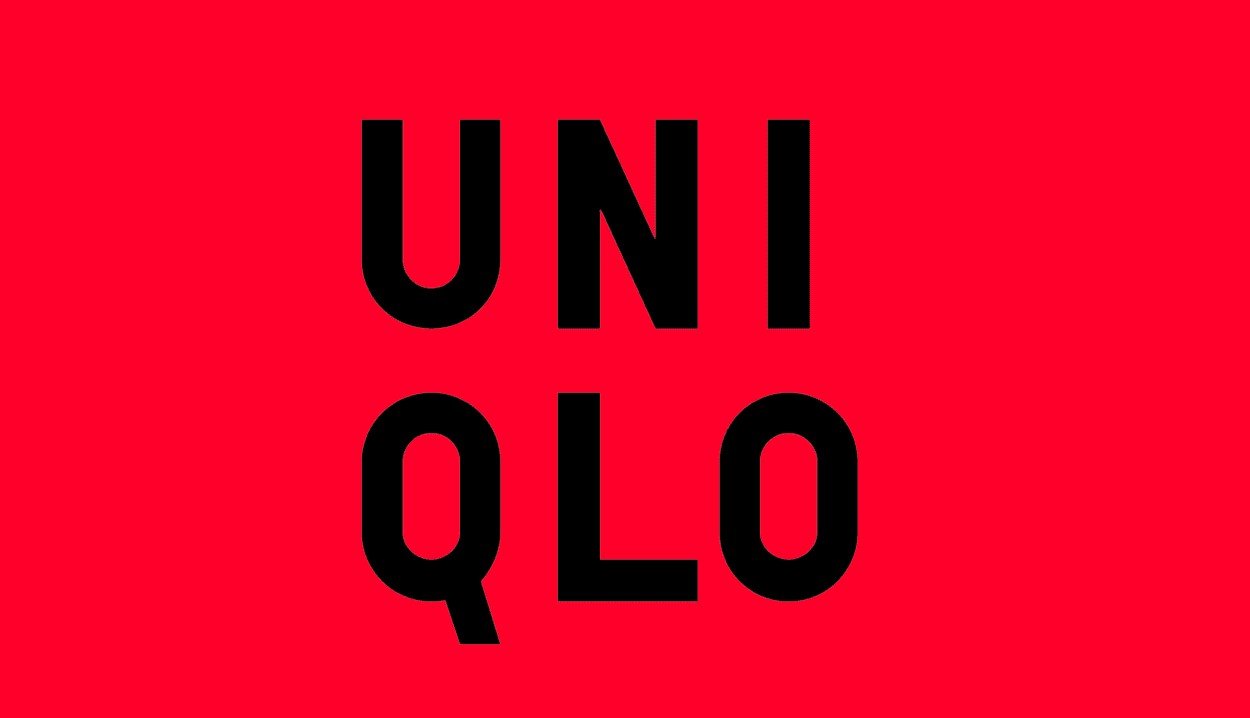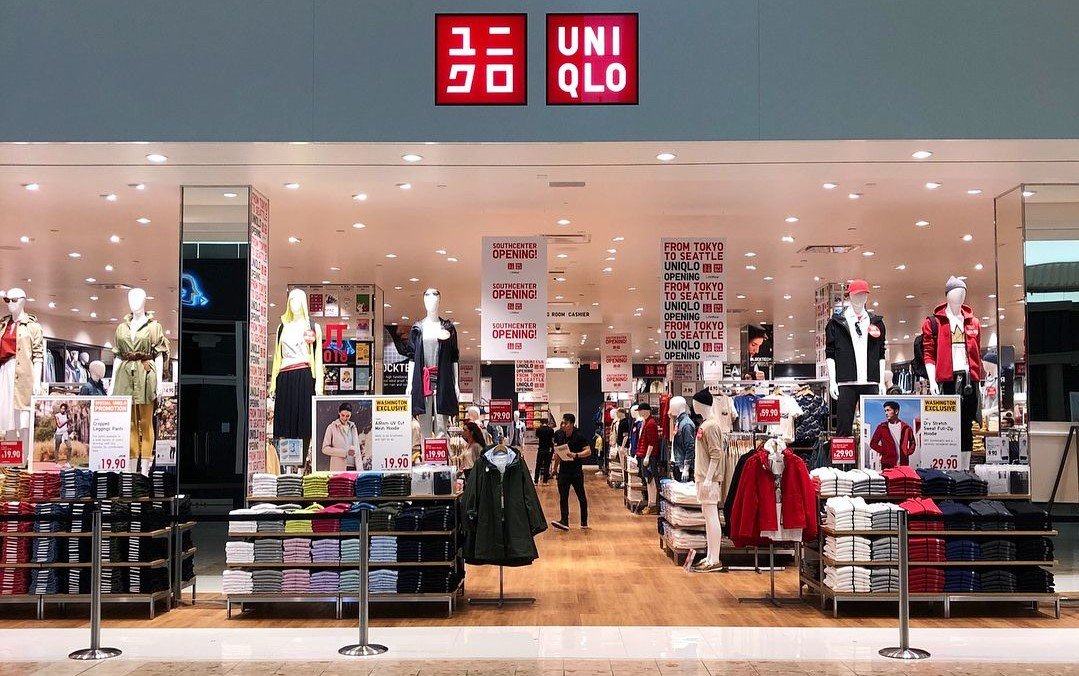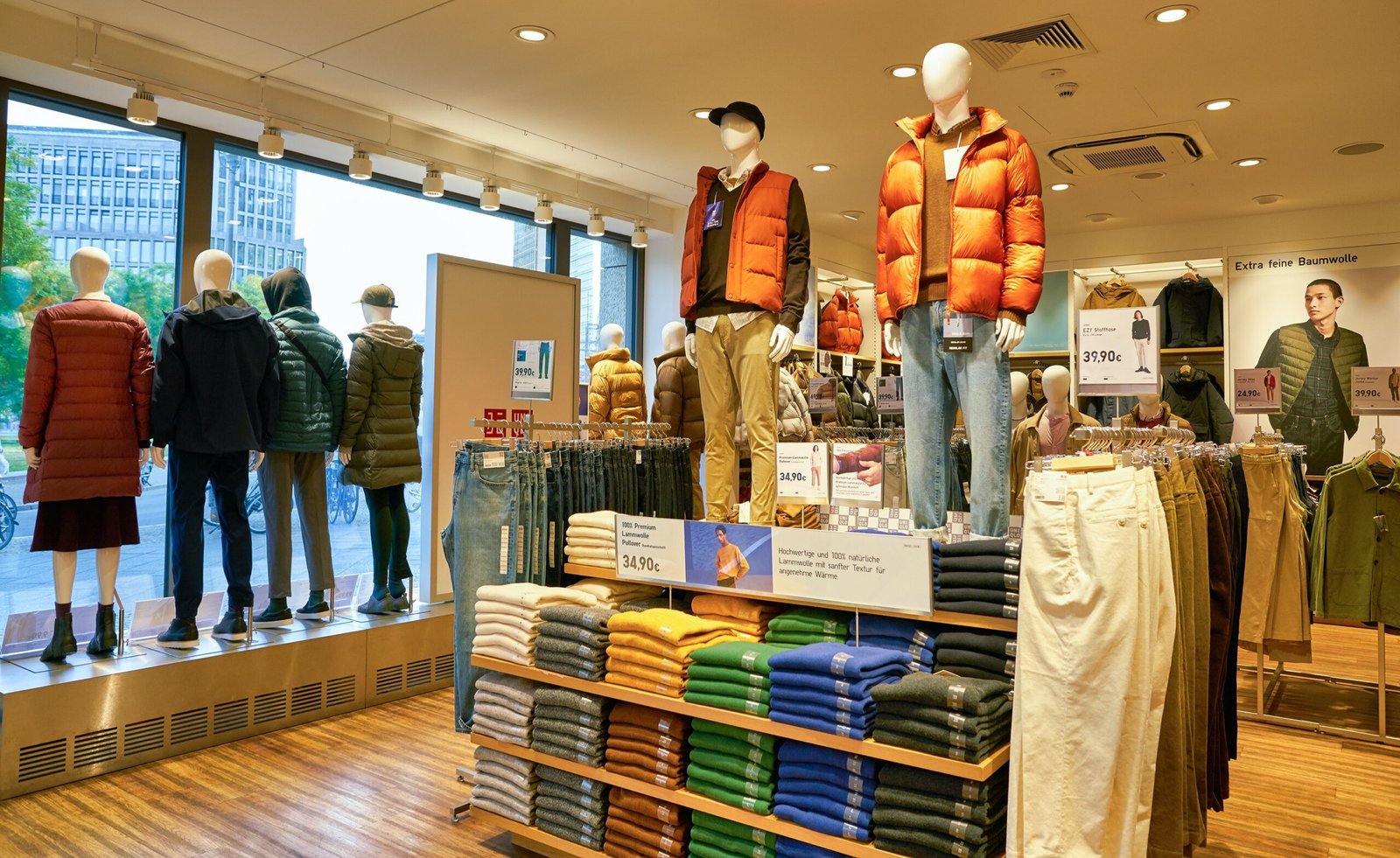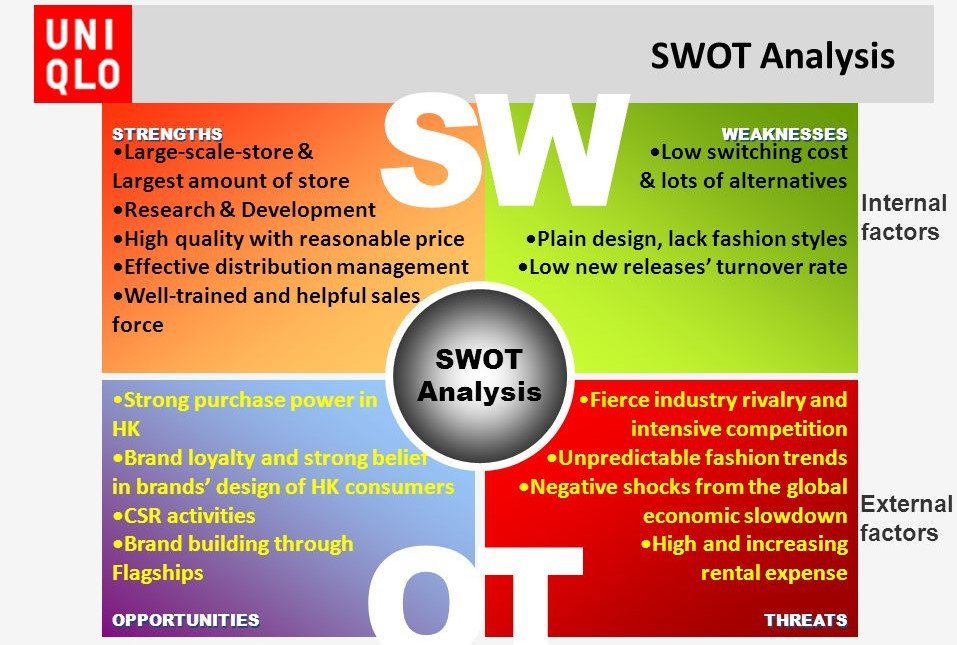Uniqlo SWOT analysis – SWOT analysis of Uniqlo: Uniqlo is a Japanese-style brand with a worldwide following. Uniqlo which is a completely controlled subsidiary owned by Fast Retailing Co Ltd is a leading brand in casual wear. Although Uniqlo is a major brand that sells low-cost clothing in Asia the brand has yet to expand into other regions of the world although they have made its mark in the region. Uniqlo was founded in Japan in the late 1940s as an informal clothing brand for men. It was in the eighties when it began to grow to become a huge name in Japan and then the company expanded into women’s wear as well as other clothing categories.
Uniqlo has quickly adapted to new cultures without losing its Japanese value system and is well-known for its unusual designs and quirky designs in casual clothing. As of the year, 2018 Uniqlo has a network of 13000 stores in 20 countries across Europe, Asai Pacific, and America.
Uniqlo fun facts: Uniqlo’s name comes from the words “Unique Clothing,” which throws back to the company’s original name, “Unique Clothing Warehouse.”
About Uniqlo – SWOT analysis of Uniqlo
Contents
- 1 About Uniqlo – SWOT analysis of Uniqlo
- 2 Uniqlo Competitors
- 3 SWOT analysis of Uniqlo – Uniqlo SWOT analysis
- 4 Strengths of Uniqlo – Uniqlo SWOT analysis
- 5 Weaknesses of Uniqlo – SWOT Analysis Of Uniqlo
- 6 Opportunities of Uniqlo – Uniqlo SWOT analysis
- 7 Threats of Uniqlo – SWOT analysis of Uniqlo
- 8 Overview Template of Uniqlo SWOT analysis
- 9 Conclusion
[wp-svg-icons icon=”office” wrap=”I”] Company: Fast Retailing Co.
[wp-svg-icons icon=”user” wrap=”I”] CEO: Tadashi Yanai
[wp-svg-icons icon=”user” wrap=”I”] Founder: Tadashi Yana
[wp-svg-icons icon=”calendar” wrap=”I”] Year founded: March 1949, Ube, Yamaguchi, Japan
[wp-svg-icons icon=”location-2″ wrap=”I”] Headquarters: Yamaguchi, Yamaguchi, Japan
[wp-svg-icons icon=”stats” wrap=”I”] Annual Revenue: ¥Yen873 Billion
[wp-svg-icons icon=”bars” wrap=”i”] Profit | Net income: ¥Yen104.6 Billion
[wp-svg-icons icon=”users” wrap=”I”] Number of employees: 30,000
[wp-svg-icons icon=”pie” wrap=”i”] Products & Services: T-shirts | Jeans | Casual wear
[wp-svg-icons icon=”globe” wrap=”I”] Website: www.uniqlo.com
Uniqlo Competitors
[wp-svg-icons icon=”pacman” wrap=”I”] Competitors: H&M | American Eagle Outfitters | GAP | ZARA | Forever 21 | Topshop | Pull & Bear | River Island | rue21 | Primark | Banana Republic | Donna Karan New York
SWOT analysis of Uniqlo – Uniqlo SWOT analysis
SWOT Analysis Of Uniqlo is brand-based. SWOT Analysis of Uniqlo evaluates the brand’s strengths, weaknesses, opportunities, and threats. Advantages and disadvantages can be attributed to internal factors while opportunities and threats can be attributed to external factors. We will be discussing Uniqlo’s SWOT Analysis. Below is the detailed SWOT Analysis of Uniqlo.
Let’s talk about Uniqlo’s SWOT assessment.
Strengths of Uniqlo – Uniqlo SWOT analysis
- The Visionary Leader: When Tadashi Yanai acquired 22 tailoring shops through his father’s estate, he transformed these into an apparel company known as Uniqlo. A frequent traveler, Yanai sensed opportunities in Europe and the USA where similar brands. He drew inspiration from brands such as United Colors of Benetton and GAP growing his personal portfolio as well as extending into the international market. It is this leadership vision that has enabled Uniqlo to break through its limits.
- Advertising: Uniqlo positions itself as a cutting-edge Japanese company that sells casual clothes at a reasonable price in the international marketplace. The design and style of the brand are in line with this position and have helped the company become popular in other countries.
- Innovations: Uniqlo is credited with significant technological innovations that have made them stand out from other brands. Examples include their Heat Tech fabric which turns the moisture into heat and keeps the heat inside pockets of heat, Airism a stretched fabric, and Lifewear, a mix of sportswear and casual wear. These breakthroughs have enabled Uniqlo to introduce new features into its clothing range, thereby creating distinct distinctions.
- A sound operational strategy: Their operational strategy is one that provides both flexibility as well as cost savings. Uniqlo has control of its value chain fully and is capable of keeping costs as minimal as it can. They also have a stable relationship with their suppliers, which allows them to streamline their inventory. This allows them to scale up or down depending on developments in the market.
- Organization Culture: Quite unlike other Japanese firms that have become global, Uniqlo continues to conduct every aspect of its company in English. While it is a global company, Uniqlo keeps all Japanese principles, such as encouraging cooperation, teamwork, and goals focused. The organization is flat and the CEO is a participative type of leader.
- Experience in the store: Uniqlo has always concentrated on ensuring that the customer experience at the store is top-quality and this is accomplished through rigorously tracking customer interaction between employees and customers. Any interactions that are in person or by phone are recorded and reviewed in depth. Feedback is utilized during training sessions. The company is also focused on transforming the appearance and feel of its stores to reflect current trends in the market.
Weaknesses of Uniqlo – SWOT Analysis Of Uniqlo
- Inability to successfully penetrate internationally: Though Uniqlo calls itself a global brand, the appeal of its clothing is mostly within Asia, and the majority of the world has yet to fully accept the brand. Uniqlo struggles to gain the markets of the top retailer in the US like Gap as well as Tommy Hilfiger.
- Weather-sensitive apparel: Though the weather-sensitive apparel from Uniqlo such as Heattech has been a massive hit in Asia it could not be offered within the US. The clothing that was created specifically for Asian conditions did not have global adaptability which led to failure,
- The Supply Chain Problems: Uniqlo aspires to be a global brand however, they are facing major challenges when it comes to scaling their supply chain in order to expand into international markets. While the majority of international brands have increased their presence in online retailing, Uniqlo’s contribution to online retailing is less than 4 percent of its business.
Opportunities of Uniqlo – Uniqlo SWOT analysis
- The New Segments: Fashion changes in the industry and new segments pop in on a regular basis. Uniqlo is primarily a brand in women’s and men’s clothing but has yet to venture into the children’s segment.T it is a market that is growing rapidly within Asia and Uniqlo is able to profit from this.
Threats of Uniqlo – SWOT analysis of Uniqlo
- Competition: The major competitors for Uniqlo are Gap Tommy Hilfiger, Gap, Zara as well as United Colors of Benetton.
You May Also Like:
- Pampers SWOT analysis – SWOT analysis of Pampers
- Pears Soap SWOT analysis – SWOT analysis of Pears Soap
- Oriflame SWOT analysis – SWOT analysis of Oriflame
- Nirma SWOT analysis – SWOT analysis of Nirma
- Neutrogena SWOT analysis – SWOT analysis of Neutrogena
Overview Template of Uniqlo SWOT analysis
Conclusion
After conducting a comprehensive investigation of the swot analysis of Uniqlo we’ve come to the conclusion that Uniqlo is in fact the top clothing brand in the world.
The growing competition, increasing regulations, supply chain issues, and a limited presence in the world are just a few of the major issues. Uniqlo needs to expand its range and market for customers to solve these problems.
This is the SWOT analysis of Uniqlo. Please let us know if you have additional suggestions to add.
[wp-svg-icons icon=”bubbles” wrap=”i”] Let us know What do you think? Did you find the article interesting?
Write about your experiences and thoughts in the comments below.



